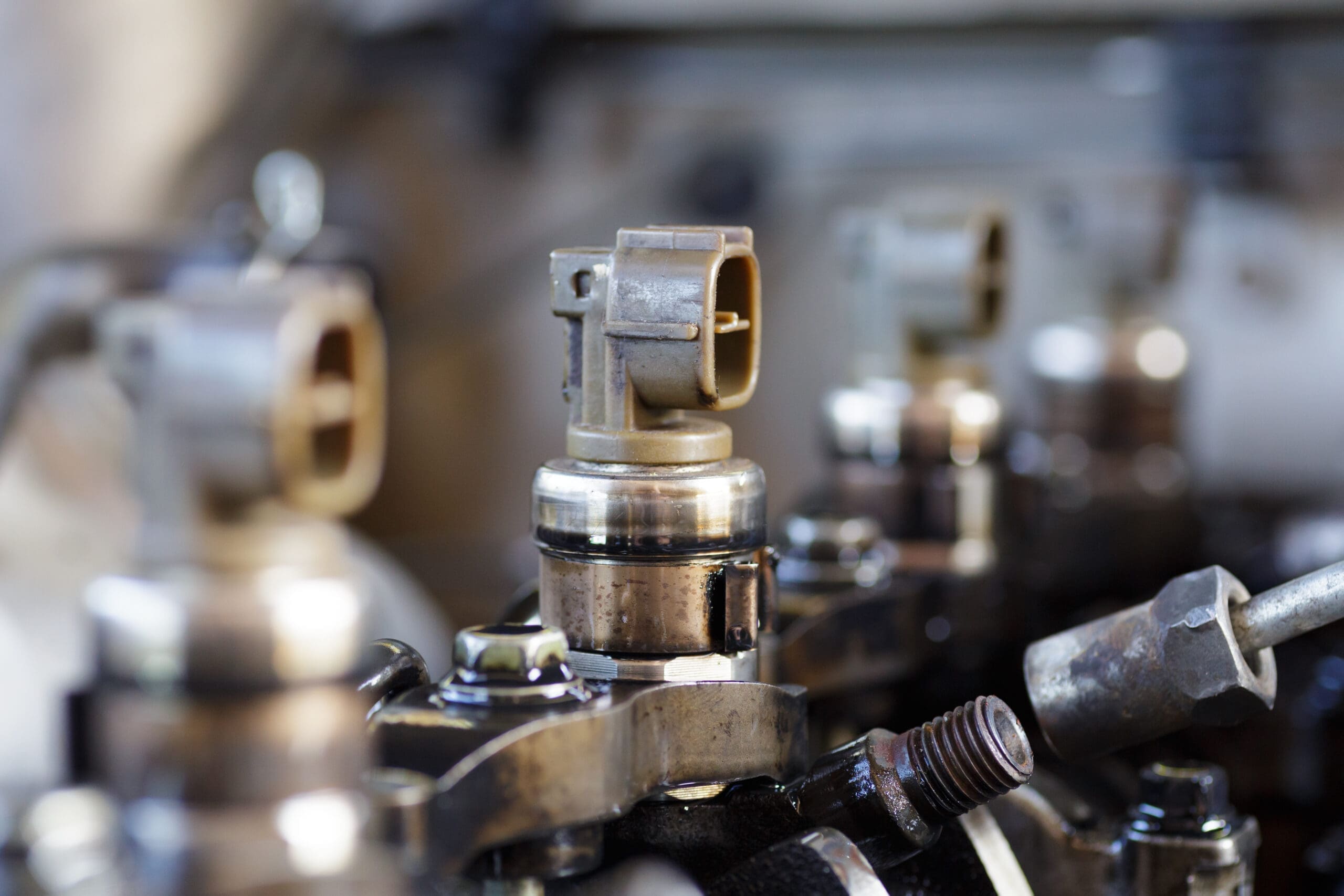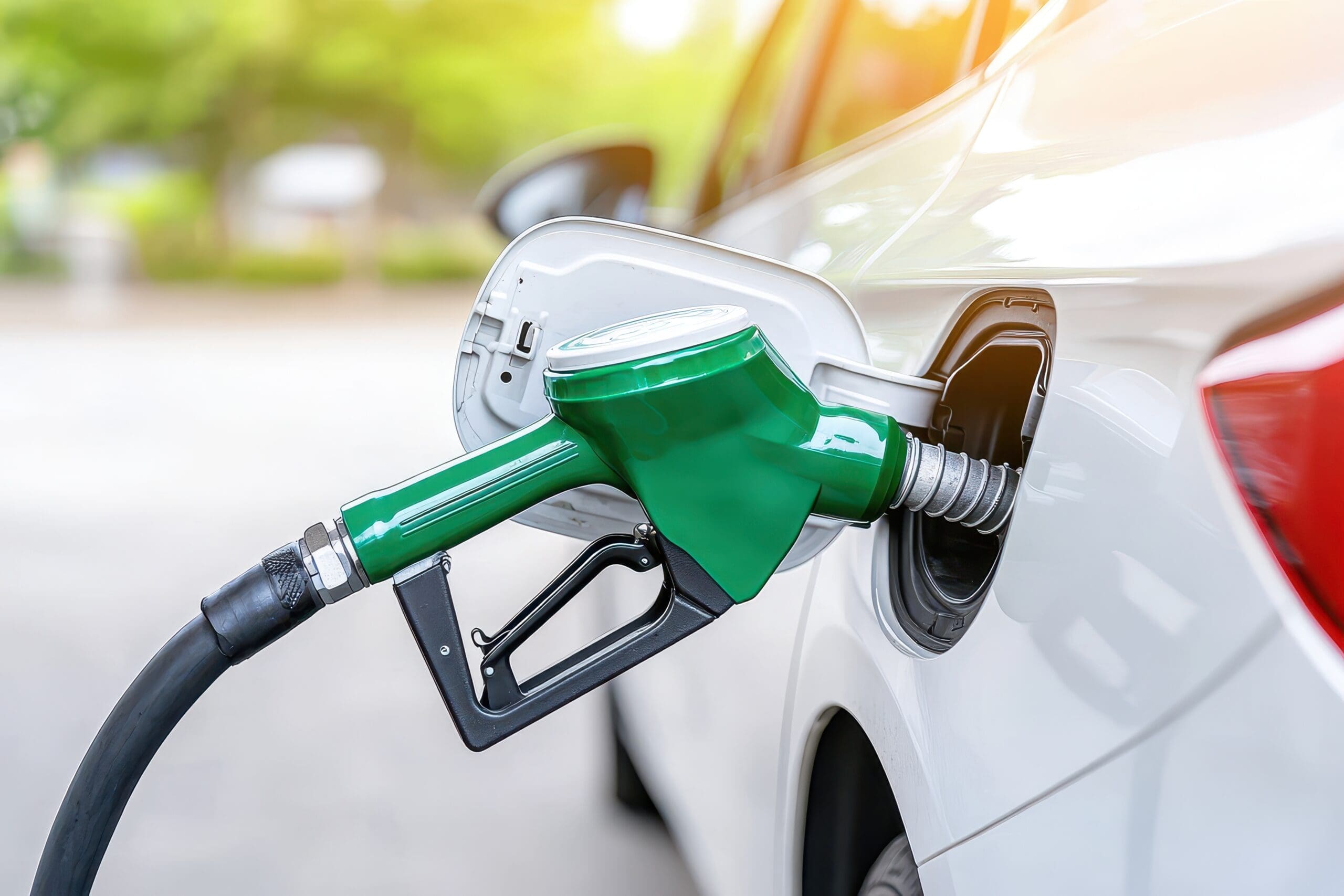As the pace of technological innovation continues to accelerate, we, as consumers, have access to a vast array of innovative products that have transformed the way we live, work, and play. But all this has come at a cost. Natural resources are declining. CO2 emissions are increasing. And with that the unthinkable consequences of climate change; the long-term warming of our planet, rising sea levels, melting ice sheets and more. Because of this we can ill afford to keep using valuable natural resources to make products, use them and then ultimately throw them away when we’re done. Instead, we must think carefully about how we make products, what we use to make them and what we do with any material afterwards.
And that’s where remanufacturing, the core of our business, comes into play. By keeping existing materials and resources in the production cycle, minimising both the use of new ones and the disposal of old ones, we can transition away from an economy that effectively takes, makes and wastes, into one that reduces, reuses, recycles and recovers, otherwise known as the 4Rs or a circular economy.
Not to be confused with recycling, remanufacturing involves returning a used part to at least its original performance, with a warranty that is equivalent, or better than that of new. So unlike recycling, where the used product is broken down and converted into reusable material, in remanufacturing, the part, and all its intrinsic value, remains as is – a complete unit, all be it used.
To restore it to as-good-as-new, sometimes better-than-new condition, the used part is then put through a rigorous, multi-stage process – each part is systematically disassembled, cleaned and inspected, all wearable or out-of-spec components are replaced with like-for-like OE, before being reassembled and end-of-line tested to OE spec.
Through this process, we’re able to capture the materials and value added – labour, energy, and manufacturing processes – that were embodied in the original part during production, so that it can be used again, rather than being landfilled or recycled. As well as being cost-effective – Carwood reman parts are typically 25% cheaper than the OE – this closed loop process helps to conserve valuable material and resources, so is better for the environment too….





Raw material savings: By reusing the ‘core’, the used part, remanufacturing uses a lot less raw material than would otherwise be used to make new. Indeed, it is estimated that remanufacturing can save up to 70% of the resources versus new.
Reduced energy consumption: Because much of the material already exists in its final form, and therefore less work is required to process it, it uses a lot less energy than would be required to manufacture a new part from scratch – around 85% less.
Lower CO2 emissions: By reducing the demand for energy-intensive materials and processes, remanufacturing can also help to reduce greenhouse gas emissions.
Less water: Likewise, from start to finish, remanufacturing uses less water.
Less material to landfill: Finally, by keeping material in use for longer, there is significantly less waste to dispose of, meaning less material ends up in landfill.
So, by extending the lifetime of what may have previously been an end-of-life part, often for multiple cycles, remanufacturing helps close the loop on material flow, recover the value embodied in the original product and save valuable resources. Meaning it will become an increasingly important component of any circular economy.




